Solving the Problem of Radioactive Pollution of Drinking Water in Mailuu Suu, Kyrgyzstan
Number of people at risk: 23,000
Source of pollution/contaminants: Uranium tailings/Radionuclides
Implementer: EHPMI, Ekois-Bishkek, Ministry of Natural Resources, Ecology and Technical Supervision, Ministry of Emergency Situations
Projected costs: $150,000
Project term: 2 yearsNumber of people at risk: 23,000Source of pollution/contaminants: Uranium tailings/Radionuclides Implementer: EHPMI, Ekois-Bishkek, Ministry of Natural Resources, Ecology and Technical Supervision, Ministry of Emergency SituationsProjected costs: $150,000
Problem Description
The small industrial town Mailuu Suu is located in Jalal-Abad region in the western part of Kyrgyzstan on the river with same name. About 25 thousand people live there.

A uranium mine operated in Mailuu-Suu from 1946 to 1968. During that period more than 10 thousand tons of the locally mined uranium ore were processed. As a result, Mailii Suu is now surrounded by about 2 million cubic meters of uranium wastes left in 23 tailings and 13 dumps. These wastes have contaminated the Mailuu-Suu River, a major tributary of the Syr Darya that flows through Kyrgyzstan and into Uzbekistan, carrying radioactive waste into the densely populated Ferghana Valley. Therefore, this radioactive contamination is potentially a threat to almost 14 million people of the valley.
In 2012-2013, current members of EHPMI conducted for Blacksmith Institute environmental assessment in Mailuu Suu. It was found that uranium concentrations in soils along the banks of the Mailuu Suu River were 35 mg/kg, which is 50 times higher than the background levels. Samples of plants showed uranium concentrations of 40-510 mg/kg of dry weight. High concentrations of uranium were found in milk with a wet weight of (2.27 mg/kg) and beef (0.107 mg/kg). The skin, horns and hooves of lambs contained an average of 0.183 mg/kg uranium. Uranium was also found in high concentrations in human tissues. Gamma-radiation in Mailuu-Suu is 10 times higher than the background level.
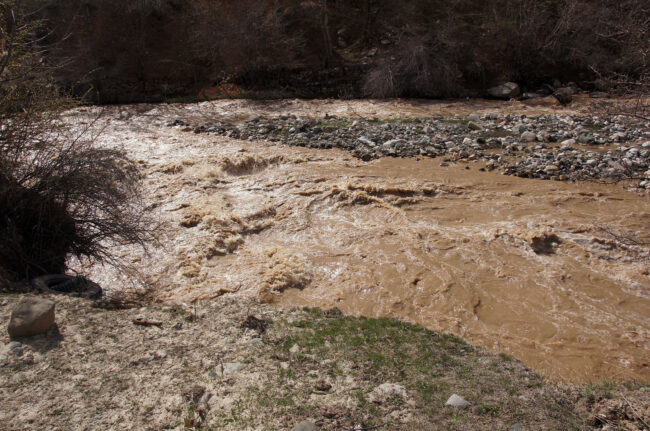
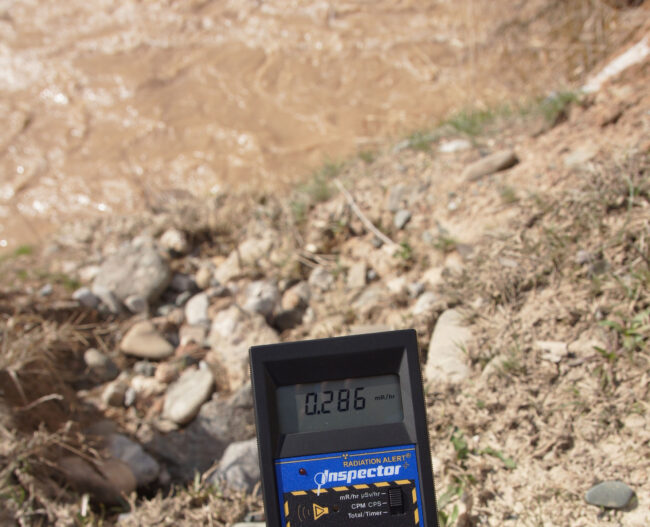
The concentrations of uranium in the Mailuu-Suu River water exceeded national public health standards by 2.5 times. The results are shown on the maps below.
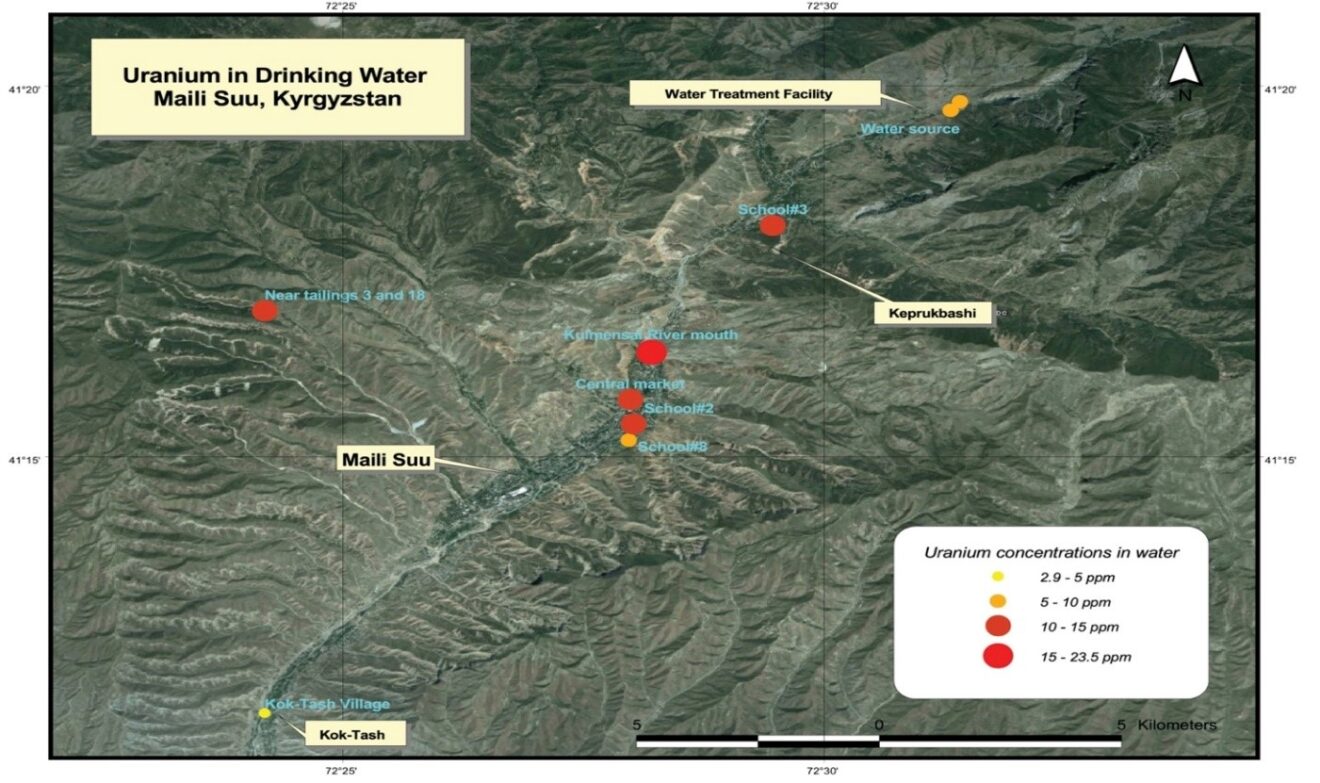
The Mailuu Suu River is the source of drinking water for the town. The drinking water treatment system was constructed in Soviet times over 50 years ago and now it is not capable to purify the water and it comes to the houses of residents of Mailuu Suu turbid and heavily contaminated with radioactive particles. The uranium level in drinking water in schools exceeded public health standards by 1.5 times.
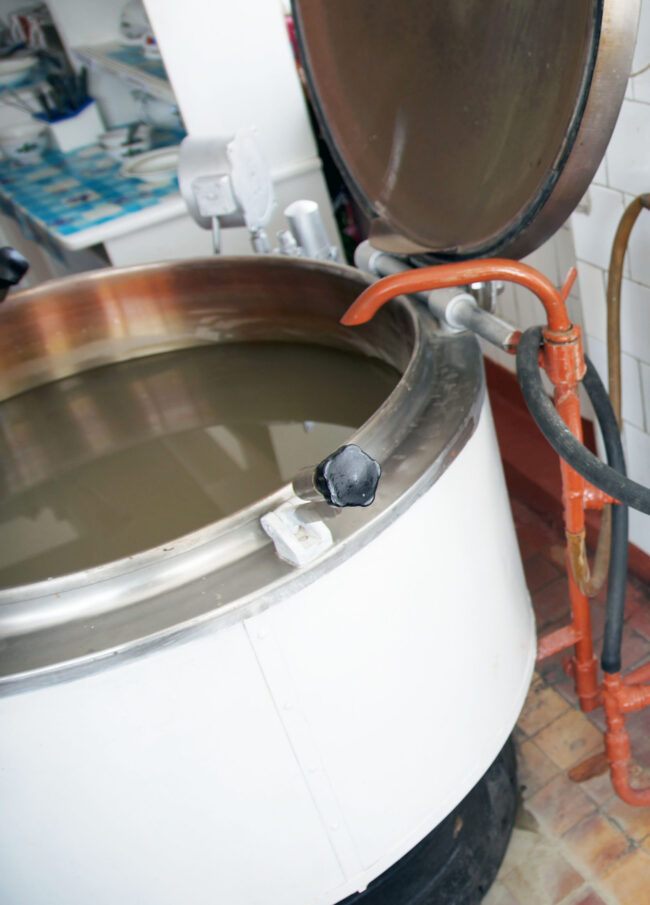
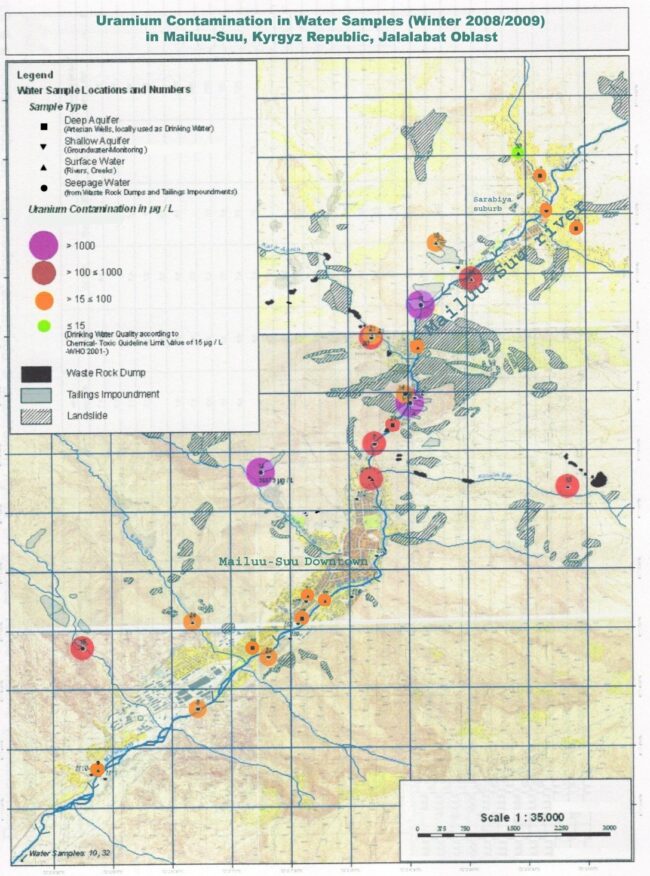
There is also a problem of exposure of people to radon. It was found that the concentrations of radon were above background levels in 14 homes (above 200 Bq/m3). Residents had clinical syndromes that matched with mild and sometimes medium forms of radiation sickness.
Medical monitoring
The effects of radioactive materials on human health were studied by assessing changes in immune system. Blood tests revealed a low neutrophil white blood cell count in 35% adolescents who were diagnosed with depression. Additionally, 18% had thrombocytopenia, which describes a platelet count below 50,000 per microliter. Local health officials attributed these abnormalities to radiation exposure. Small to medium doses of radiation are known to affect the count of lymphocytes, neutrophils, serum proteins IgA and IgG, as well as impact the thyroid gland and android glands.
Thyroid function was recorded revealing impairment during the month adolescents were surveyed.
Average rates of cancer in Mailuu Suu are twice the average in the region and in the country. In 2001, 99 patients were registered; in 2002, 103; in 2003, 105; in 2004, 102; and in 2005, 114.

Thus, people are exposed to uranium through drinking water, inhalation of dust contaminated with radionuclides, eating local animal products that often graze on top of uranium waste piles. Some people live in houses built with radioactive materials.
Previous work conducted
Ekois and Blacksmith Institute with financial support of Green Cross Switzerland (GCS) implemented a project to reduce the risk of uranium exposure in Mailuu-Suu. Water filters were installed in hospital and schools, there was an awareness program, radon sensors installed; several families were relocated to safe places. It was reported that as a result of this project, the uranium concentrations in drinking water of schools and hospital has decreased by 48-65%.

These were encouraging results, however this proceeds upon decades of unregulated radioactive pollution. Local residents still live near an area of tremendous historic contamination. The installed filters were a short-term solution. Now the situation remains very severe. People continue drinking turbid water that contains high concentrations of radionuclides. Protective technology and basic hygiene precautions can reduce exposures and improve health, but larger, more permanent solutions are required to ensure the long-term health of the population.
Proposed Solutions/ Project Objectives:
- Detailed environmental site assessment
- Upgrade of the water treatment facility and fixing the town water pipe system
- Development of a project for the reconstruction of the water supply system;
- Installation of a centralized water filtration system;
- Installation of automatic devices that control the quality of tap water.
